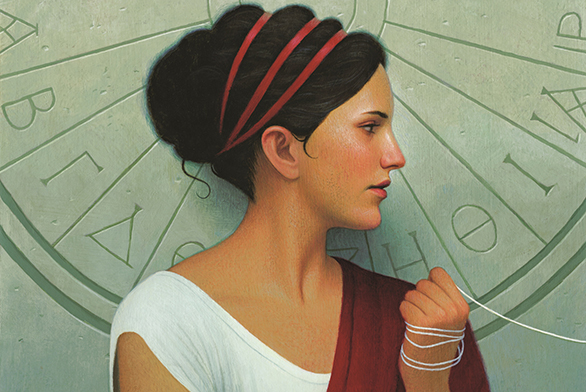

The work was purchased in 1849 by the Duke of Luynes, archaeologist, collector, patron and a major figure in the July Monarchy, for his Château de Dampierre residence which he aspired to transform into a true “sanctuary of beauty”. His Penelope was based on a statue at the Capitoline Museum in Rome. The cloths are indeed of remarkable virtuosity, rarely achieved in sculpture at that time, combining naturalism and a reference to Greco-Roman art with a tempered romantic sensitivity.Ĭavelier drew his inspiration from antique statuary throughout his career. This figure, slumped in her chaste cloths, succumbed to the fatigue of labour, with the modest and severe grace of the glorious days of Antiquity thus the work was a true success: not a single contradictory review clouded the chorus of praise: artist and society people were equally captivated” ( Les Beaux-Arts en Europe, 1855). The critics were unanimous, as Théophile Gautier later recalls: “With his Penelope Asleep, Mr Cavelier has established himself as one of the greatest modern sculptors.

It subsequently triumphed at the 1849 Salon, receiving a first-class medal and a medal of honour. This marble sculpture was first presented in 1848 at the Ecole des Beaux-Arts among the works produced by the residents and received high praise from the jury of the Académie de France in Rome. This episode of Homer's tale met with considerable success among artists up until the end of the 19th century, primarily in paintings. In order to remain evasive, she declares that she will make her choice once the weaving of her father-in-law Laertes' burial shroud has been completed.Įvery night for three years the Queen undoes the work completed that day, until one of her serving women reveals her ploy. For this reason, Odysseus, Telemachus, and Athena often prefer to leave her in the dark about matters rather than upset her.

Her cares make her somewhat flighty and excitable, however. With this sculpture, Cavelier, awarded the Prix de Rome in 1842, depicts a central narrative of Homer's Odyssey: during Odysseus' twenty year absence, Penelope, despite the numerous pretenders to the throne of Ithaca who pressured her to chose a new spouse from among their ranks, remains faithful to her husband. Though she has not seen Odysseus in twenty years, and despite pressure the suitors place on her to remarry, Penelope never loses faith in her husband.


 0 kommentar(er)
0 kommentar(er)
